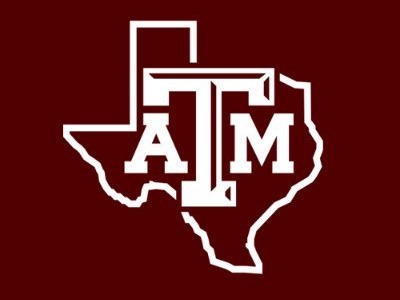
Texas A&M University Faces Backlash Over Gender Identity Teaching
In a significant turn of events at Texas A&M University, the institution’s leadership is facing intense scrutiny and consequences following the release of a video that captured a clash over gender-identity content in a children's literature class. The video, which went viral, showed a student confronting a professor regarding the inclusion of LGBTQ-related material, leading to the dismissal of the dean and department head responsible for the course.
The Catalyst of Controversy
The video recordings reveal a heated exchange in which a student expressed her objections to the professor's teaching methods, primarily focused on concepts of gender identity that challenge the traditional binary classification. The student claimed that the material discussed was inconsistent with her religious beliefs and with policies enacted during the Trump administration. However, in response, the professor asserted her academic freedom to present diverse viewpoints, suggesting that students who felt uncomfortable could choose to leave the classroom. This confrontation not only ignited a storm of political reactions but also led to significant administrative fallout.
Leadership Changes at Texas A&M
After the video began circulating, Texas A&M University President Mark A. Welsh III announced the removal of the dean and department head from their positions due to their approval of teaching content that contradicted the course syllabus. Welsh emphasized the importance of adhering to the course catalog as a commitment to student integrity and trust. His initial reaction, captured on video where he dismissively responded to a student’s demand for the professor’s firing, also highlighted the evolving nature of his stance amid mounting political pressure.
Political Ramifications and National Attention
The incident has drawn the attention of various Republican lawmakers, prompting calls for investigations by both state and federal officials. The involvement of the U.S. Department of Justice signifies the national implications of the clash, illustrating how educational policy intersects with broader political agendas. Chancellor Glenn Hegar’s condemnation of perceived “indoctrination” within the university system aligns with the sentiments of many Texas Republicans advocating for stricter educational guidelines.
The Impact of Public Opinion in Higher Education
This incident at Texas A&M is shedding light on a more considerable cultural clash occurring within educational institutions across the U.S. As educators strive to incorporate diverse perspectives into their curricula, political entities appear increasingly willing to resist or even dismantle these efforts. As a result, universities may find themselves at a crossroads, pressured to cater to shifting political landscapes while upholding their commitment to academic freedom and critical thought.
Looking Ahead: Future of Education in Texas
The events at Texas A&M serve as a critical reminder of the ongoing debates surrounding education and freedom of speech. As public scrutiny continues and the political climate grows more polarized, universities may need to reconsider how they develop and advertise their courses. Ensuring transparency with students regarding course content while protecting educators’ rights to teach is essential for fostering a healthy academic environment.
Conclusion: Engaging in Constructive Dialogue
As this story unfolds, it becomes increasingly important for stakeholders—including university administrations, educators, students, and lawmakers—to engage in constructive discussions about educational content and diversity. Navigating these complex issues will require a balanced approach that respects individual beliefs while promoting inclusive education. The situation at Texas A&M serves as an opportunity to reflect on the values that drive our educational system and how we can work together to ensure every student feels represented and respected.
 Add Element
Add Element  Add Row
Add Row 



Write A Comment